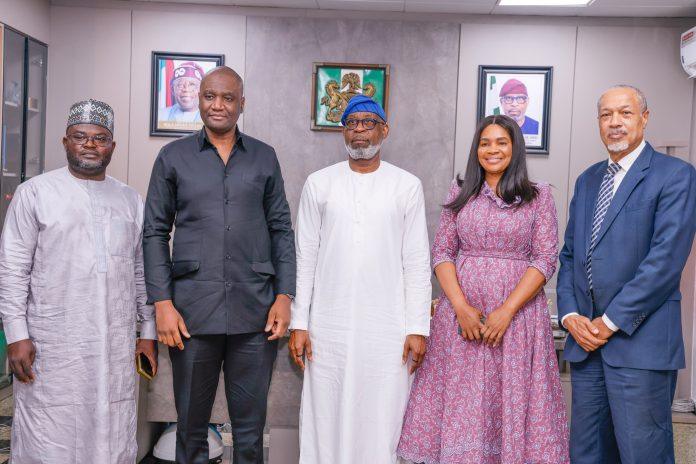Australia’s economy grew slower than forecast as household spending rose at the weakest pace since the 2008 financial crisis, reinforcing the likelihood of the country’s central bank keeping interest rates on hold for longer.
- Gross domestic product rose 0.6% in third quarter from previous three months vs estimated 0.7% gain
- GDP climbed 2.8% from year-earlier vs forecast 3% rise
- Household spending rose 0.1% — the weakest gain since the fourth quarter of 2008
- Household savings ratio was 3.2%, up from revised 3% in prior three months
The data reinforce a divide between an increasingly confident business community that’s hiring and investing and more pessimistic consumers saddled with record debt as reflected in their weak spending and lower savings. Given that consumption accounts for more than half of gross domestic product, the Reserve Bank of Australia is unlikely to add to households’ woes by lifting borrowing costs from the current record-low 1.5 percent.
The Aussie dollar fell to 75.88 U.S. cents at 12:58 p.m. in Sydney from 76.12 prior to the release. Traders aren’t pricing in a serious chance of an interest-rate increase until December 2018.
Wednesday’s report also showed:
- Non-dwelling construction soared 18.4%, adding 0.9 percentage point to growth
- Public investment fell 7.5%, cutting 0.4 points from growth
- The terms of trade fell 0.4 percent in the quarter but were up 9.7 percent in the year
The GDP report also has an alternative wages measure for Australia, which showed compensation of employees climbed 1.2 percent in the period, a solid gain supported by strong jobs growth. The Australian Bureau of Statistics’ separate wage-price index last month showed just 0.5 percent growth for the September quarter.
However, as noted by Justin Fabo at Macquarie Bank Ltd., according to Bloomberg, Wednesday’s report also showed average earnings per employee rose just 0.3 percent quarter-on-quarter and 0.6 percent year-on-year.
Australia’s economy is deep in transition toward services industries and away from mining investment, a period of upheaval that’s suppressed growth and wages. The shift has been helped by a burst of full-time hiring this year as more firms gain confidence. The RBA has signaled no near-term policy change as it provides companies and households with a degree of stability.
It’s paying off on the commercial side. Business conditions — a gauge of the environment firms are operating in and closely watched by the RBA — are at a record high. Yet households, which should be on the other end of these transactions, are struggling with recession-era levels of pay growth.
Meanwhile, China’s insatiable demand for Aussie iron ore to produce steel for skyscrapers and apartment blocks is entering a more mature phase; at the same time, its burgeoning middle class is boosting demand for Australian education for their children and tourism as their economy also transitions, proving a bonanza Down Under.
Education exports to China were worth A$9 billion ($6.8 billion) in fiscal 2017, up 260 percent in a decade; and more than a million Chinese tourists visited Australia last year, a figure predicted to more than triple by 2026.
Australia’s central bank says it expects 3 percent GDP growth for the next couple of years. Given Treasury estimates the economy’s speed limit is 2.75 percent, that would start soaking up spare capacity, which Governor Philip Lowe on Tuesday signaled is starting to happen already.
“Forward-looking indicators continue to point to solid growth in employment over the period ahead,” Lowe said after leaving the cash rate at a record-low 1.5 percent for a 15th meeting. “There are reports that some employers are finding it more difficult to hire workers with the necessary skills. However, wage growth remains low. This is likely to continue for a while yet.”








